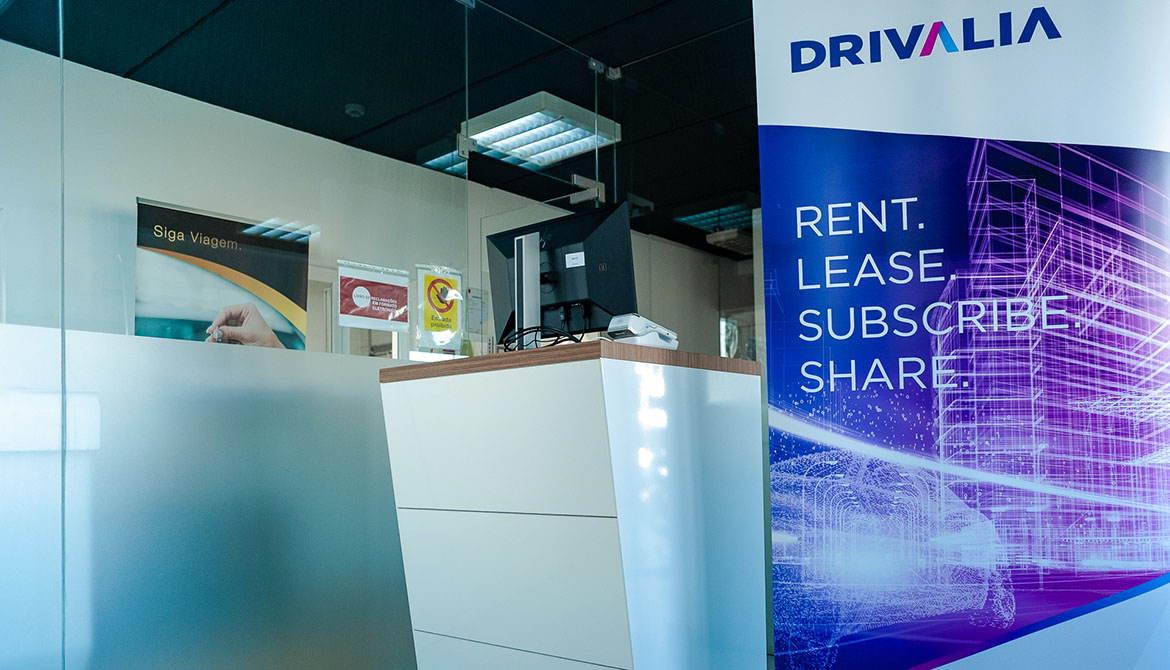Mobility Store Beja
We offer a wide range of vehicles, modern and from different categories, so you can choose the most suitable mobility solution for you!
Available services at the Mobility Store in Beja
At Drivalia's Beja station, you can rent a car for specific needs, business trips, or leisure. At Drivalia, we have solutions for every occasion.
You can rent compact cars for urban travel or open-box vans for heavy cargo transportation; choose what you need on our website.
- Rent - Choose the ideal vehicle - CTA - Rent
- Extras - from the automatic toll payment system (Via Verde), baby seats, to optional glass breakage coverage.
Contacts for the Mobility Store in Beja
Opening Hours
Monday to Friday:
8:30 - 12:30 / 13:45 - 17:45
(closed saturdays, sundays and holidays)
Where we are
Address
Rua da Ciência, 6 – Zona Industrial
7800-010 Beja
GPS: 38.022683 , -7.858664
Location references
Train station, industrial park (indoor), Nissan - make and car services area.
Frequently asked questions about the Mobility Store in Beja
How can I reserve a car in Beja?
Reservation is easy! You can book online through our website or by phone (Reservations Center 217 818 290).
What are the operating hours of Drivalia's Beja station?
We are open from Monday to Friday from 8:30 am to 12:30 pm and from 2:00 pm to 6:00 pm. We are closed on Saturdays, Sundays, and holidays.
Can I choose the type of car I need to rent?
Yes. At the time of booking, you can choose the general characteristics of the vehicle you want to rent according to your needs:
-
Number of passenger seats;
-
Trunk size;
-
Fuel type;
-
Category: luxury, vans, compact, hybrids, and electric, for example.
You will receive the available car model that best suits your preferences.
Can I pick up and return the car in a different location?
Yes. To do so, you must indicate the most convenient pick-up and drop-off station for you at the time of booking your vehicle.
Tourist attractions in Beja
Pick up your rental car at the Drivalia station in Beja and discover the surroundings and main attractions of the country`s capital. We`ve highlighted 4 must-sees:



